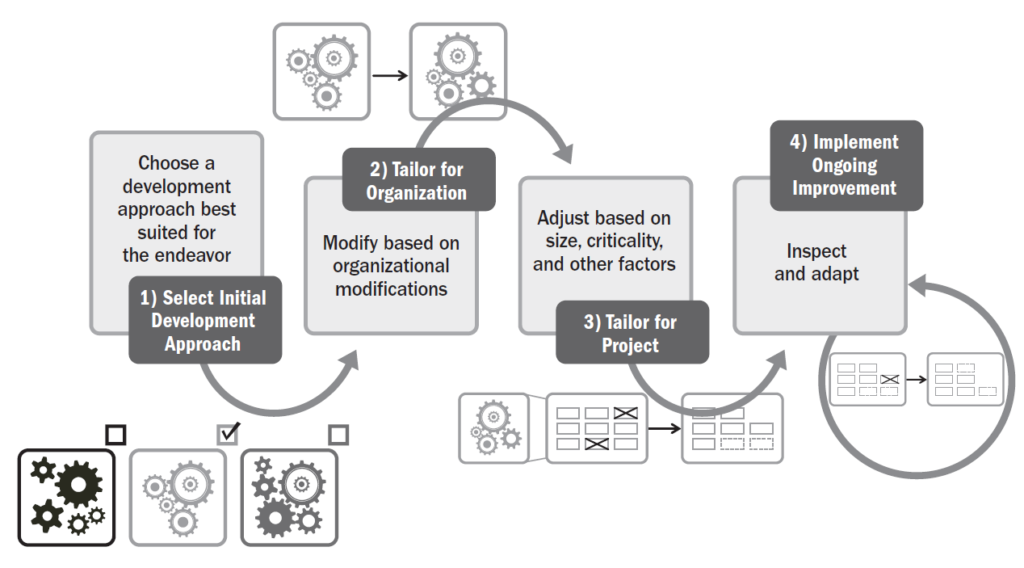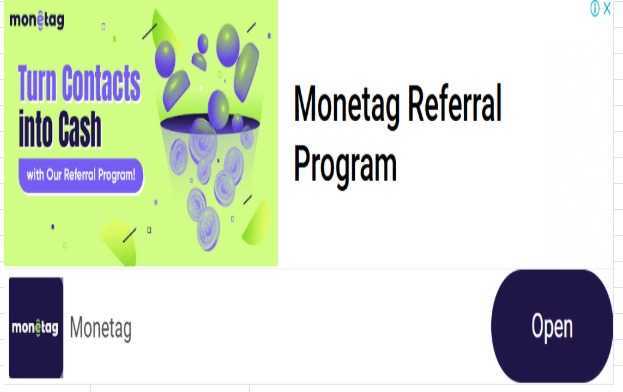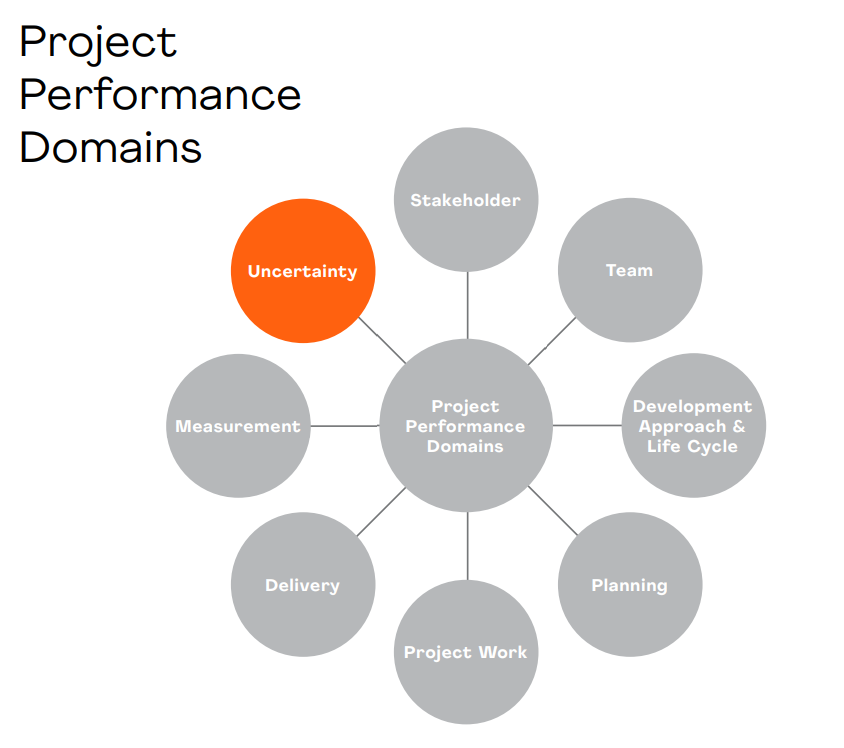Tailoring the Performance Domains – Uncertainty
Understanding, Adapting, and Navigating the Unknown in Project Management
In project management, uncertainty is an ever-present factor that can dramatically affect the outcome of any initiative. Whether it arises from unclear stakeholder expectations, volatile market dynamics, or emerging technologies, uncertainty influences the choices, risks, and outcomes within projects. That’s why the PMBOK® Guide – Seventh Edition emphasizes tailoring the Uncertainty Performance Domain—to help project teams adapt and succeed amid unpredictability.
In this blog, we’ll explore the nature of uncertainty in projects, the significance of tailoring this domain, and practical strategies for tailoring it effectively.
Understanding the Uncertainty Performance Domain
The Uncertainty Performance Domain refers to a collection of activities and considerations involved in identifying, assessing, and responding to the unknowns that may influence project outcomes. It’s not just about managing risk—uncertainty includes ambiguity, complexity, volatility, and lack of clarity in both the internal and external environments of a project.
According to PMI, this domain addresses two major types of uncertainty:
- Event-based Uncertainty (Risks): Uncertainties that can be predicted to some extent, like known unknowns.
- Systemic or Emergent Uncertainty: These are broader and include unpredictable events, behavioral responses, and unknown unknowns.
Why Tailor the Uncertainty Domain?
No two projects are alike. The same applies to the uncertainty landscape of different initiatives. Tailoring the Uncertainty Performance Domain means adjusting how you approach uncertainty based on the specific characteristics of the project, stakeholders, environment, and constraints.
Reasons to tailor include:
- Project Size & Complexity: Larger or more complex projects tend to involve more variables, stakeholders, and unknowns.
- Industry Sensitivity: Projects in emerging technologies or rapidly changing industries face higher uncertainty than mature sectors.
- Organizational Risk Tolerance: Some organizations are more risk-averse than others and may require more conservative approaches.
- Development Approach: Agile projects handle uncertainty differently than predictive ones; tailoring aligns the strategy with the approach.
Tailoring Guidelines for Managing Uncertainty
Tailoring the Uncertainty domain involves proactive, deliberate decisions made at the beginning and throughout the project life cycle. Below are some core aspects to consider when tailoring:
1. Tailor Based on Development Approach
Your chosen development approach—predictive, iterative, incremental, or agile—should directly influence how you manage uncertainty.
- Predictive (Waterfall): Best suited when uncertainty is low, and requirements are well-understood. Risk management is typically conducted during the planning phase.
- Agile/Adaptive: These projects embrace uncertainty by focusing on continuous feedback, short iterations, and evolving requirements.
Tailoring tip: For adaptive approaches, integrate frequent stakeholder interactions, regular reviews, and iterative planning into your uncertainty management.
2. Risk and Opportunity Management Practices
Tailor how you identify, categorize, and monitor risks and opportunities. Don’t just create a risk register and forget it.
- For high-risk projects, use quantitative analysis, Monte Carlo simulations, and decision trees.
- In smaller or low-risk projects, qualitative assessments may suffice.
- In innovation-driven projects, look for opportunities arising from uncertainty—like a new feature request or a pivot idea.
Tailoring tip: Introduce opportunity framing sessions in agile ceremonies or retrospectives to capture positive aspects of uncertainty.
3. Level of Stakeholder Engagement
Some stakeholders are more sensitive to uncertainty than others. Tailor your communication and engagement strategies accordingly.
- In volatile environments, maintain transparent and frequent communication.
- Consider using risk-sharing mechanisms such as contracts with shared responsibility or contingency agreements.
Tailoring tip: Map stakeholder risk attitudes and adjust engagement efforts—some may want details, others just high-level trends.
4. Adaptive Governance and Decision-Making
A highly tailored uncertainty management system includes flexible governance structures that allow fast decision-making in dynamic environments.
- Avoid rigid escalation procedures that can delay responses.
- Empower project teams to make on-the-spot decisions during crises or unexpected events.
Tailoring tip: Set decision thresholds—if a risk is below a certain impact level, the team can address it without escalation.
5. Feedback Loops and Learning Cycles
Effective tailoring recognizes the importance of learning from uncertainty.
- Use retrospectives, lessons learned sessions, and post-mortem reviews to refine your strategies.
- Develop organizational knowledge bases that track how past uncertainties were managed and their outcomes.
Tailoring tip: Embed uncertainty metrics into your project dashboard—number of surprises, emergent risks resolved, etc.
Tools and Techniques to Support Tailored Approaches
Here are tools you can incorporate or adjust based on your project’s uncertainty level:
- Risk Register & Issue Logs: Customize fields based on project type (e.g., add fields for opportunity owners).
- Assumption Logs: Useful for tracking which assumptions introduce the most risk.
- SWOT & PESTLE Analyses: Adapt depth and scope depending on project complexity.
- Scenario Planning & Simulations: Use in complex projects with many variables.
- Contingency Planning: Tailor the level of contingency budget and schedule buffers.
- Burndown Charts (Agile): Visualize volatility and emerging challenges.
- Decision Trees: Apply for risk-heavy decision points.
Case Example: Tailoring Uncertainty in a HealthTech Project
Imagine managing a project for a mobile health application targeting a developing country. You face:
- Regulatory ambiguity
- Volatile political climate
- Diverse user base with varying literacy levels
- Technological constraints (internet penetration)
Tailored response:
- Adopt agile development, allowing iterative adjustments to features.
- Involve local stakeholders for early and continuous feedback.
- Establish flexible governance to pivot when policy changes arise.
- Use simulations and pilot programs to test functionality before wide-scale launch.
- Prepare for emergent risks with robust contingency plans.
Result? A more resilient, adaptable project that navigates uncertainty with strategic foresight.
Measuring the Effectiveness of Tailored Uncertainty Management
Once tailored approaches are in place, monitor effectiveness with the following indicators:
- Number of risks identified vs. realized
- Stakeholder confidence levels
- Change request frequency and causes
- Cycle time for decision-making
- Budget/schedule variance due to unforeseen events
Use these insights to refine your tailoring approach for future projects.
Conclusion
Tailoring the Uncertainty Performance Domain is not about eliminating unpredictability—it’s about being prepared to adapt. Projects that embrace tailored uncertainty management become more agile, resilient, and innovative. By customizing your methods, tools, communication, and governance based on the type and scale of uncertainty, you’re better equipped to lead your project toward success—no matter how unclear the path may initially seem.
Remember, uncertainty is not your enemy—if managed well, it can be a powerful driver of innovation and growth.



